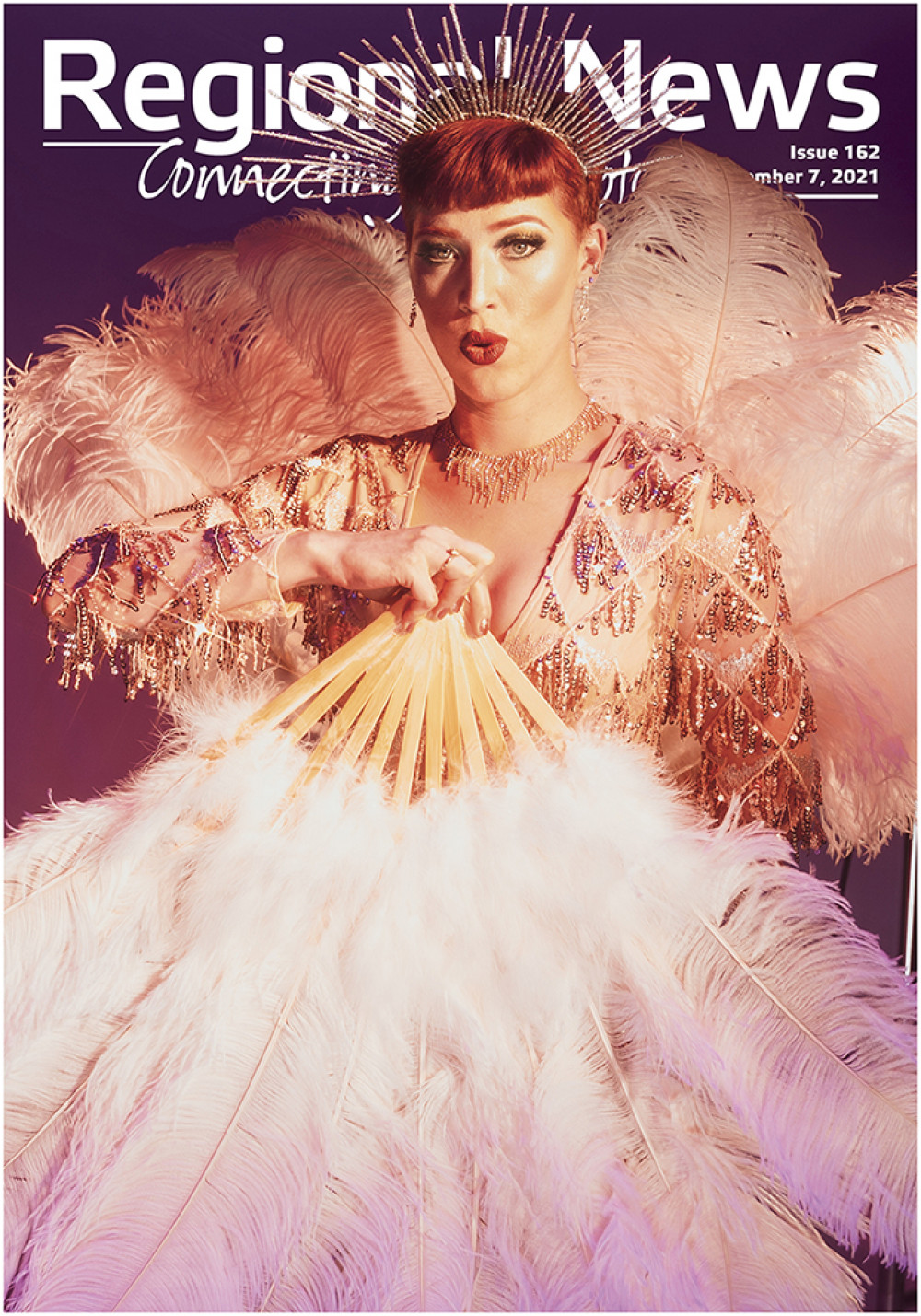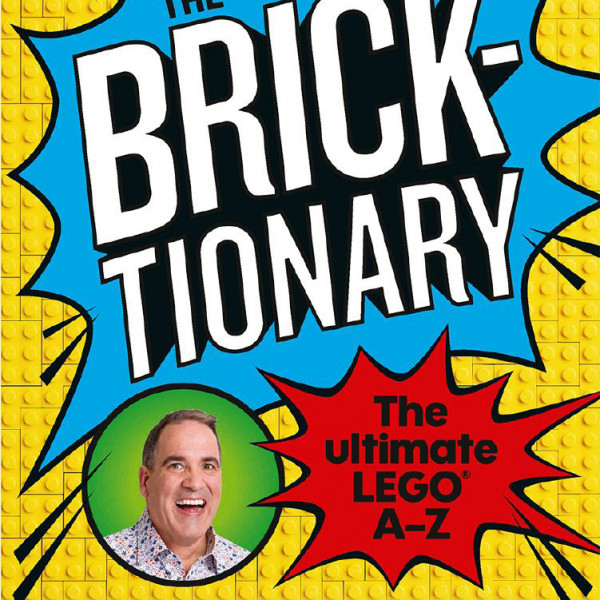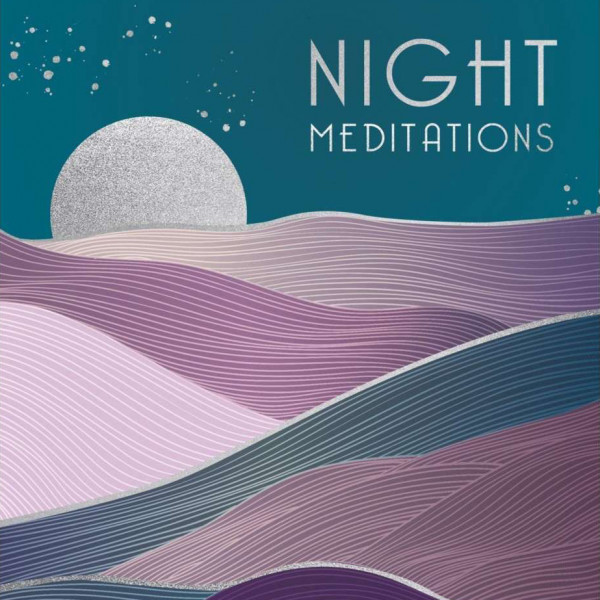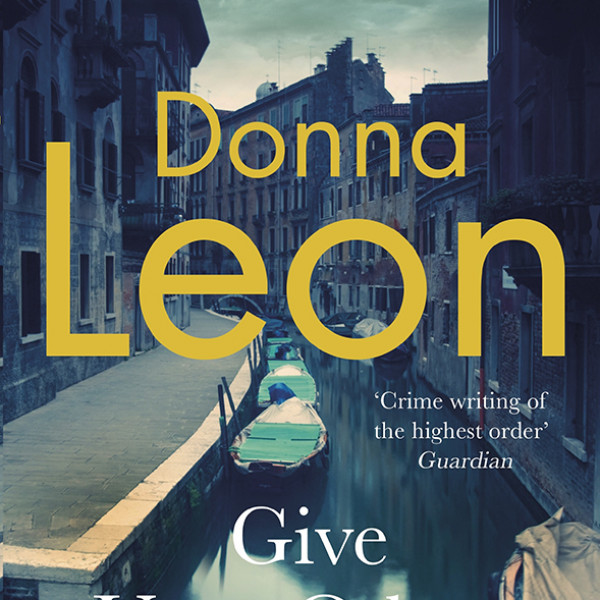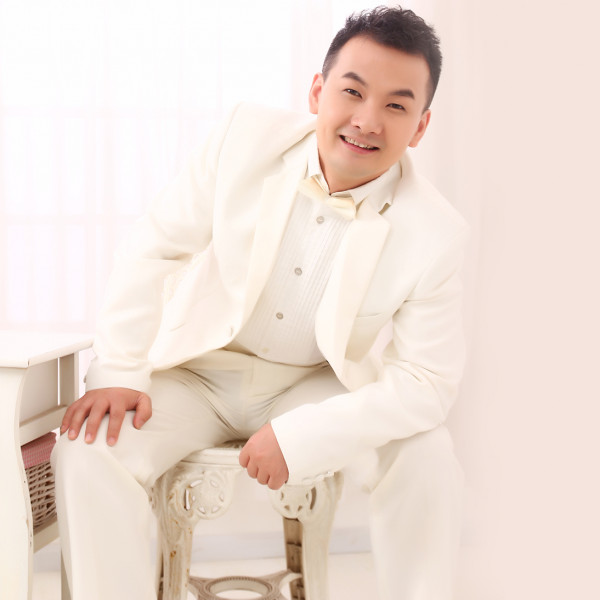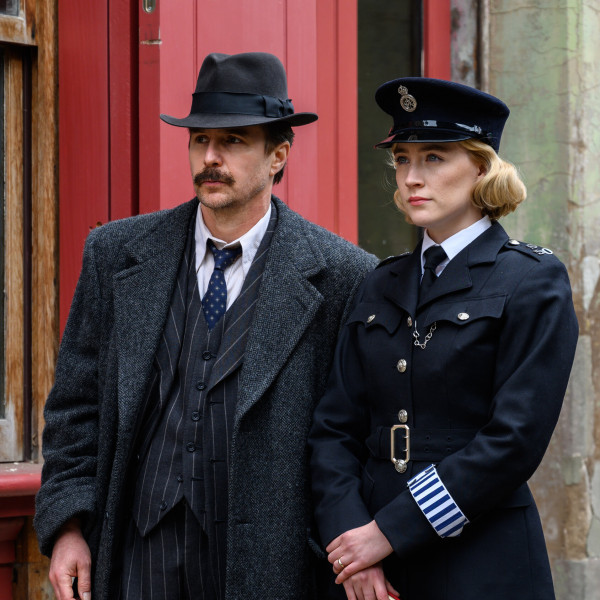
Legacy
Presented by: New Zealand Symphony Orchestra
Conducted by: Alexander Shelley
Michael Fowler Centre, 1st Oct 2002
Reviewed by: Tamsin Evans
In a predominantly classical programme, I hadn’t expected to find the opening to be my highlight. Mozart and Brahms were musical prodigies, high achieving young men who made names for themselves early in their lives. Dame Gillian Whitehead is a New Zealand icon and Arts Laureate and her retrieving the fragility of peace was the outstanding item of the night.
A study in contrasts, it was both delicate and intense, fragmented but coherent, solo and ensemble, gentle and fierce. The devastatingly beautiful cor anglais solo was breath taking. Perhaps it was about being new to the ear (this was the world premiere) or the clarity of the composition and the quality of the performance but the music and musicians whetted our appetites in a most moving and spectacular way.
Another local talent, Stephen De Pledge, took to the stage in place of the unfortunate Gabriela Montero, who had arrived in NZ and then tested positive for COVID. While we missed her promised interpretation of Mozart’s Piano Concerto No. 20, we were well rewarded with De Pledge’s performance. His was a confident rendition and, although his improvised cadenzas didn’t always hit the mark, there was little to criticise in what must have been a last-minute replacement. The encore, a piece of his own choosing, was a lovely rendition of Schumann’s Träumerei.
Finally, under the direction of Alexander Shelley, the orchestra let loose on Brahms’s Symphony No. 1, giving size, shape, and power to a majestic and defining piece of music. Brahms felt the pressure of Beethoven’s legacy. He started his first symphony at 21 and was 43 when he finished it. The orchestra was solid and energetic but lacked something in tone and balance, not quite living up to the promise of the work’s long gestation.
It was a powerful performance which, more than anything, augmented the complexity and quietude of retrieving the fragility of peace.



